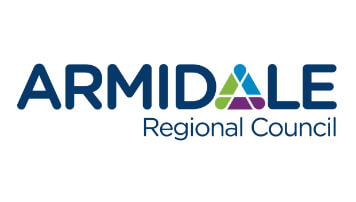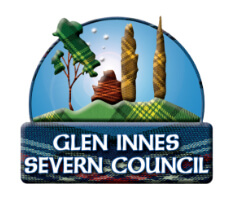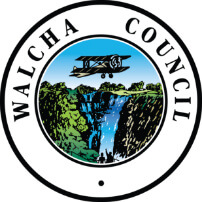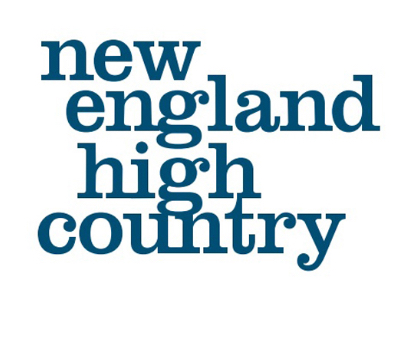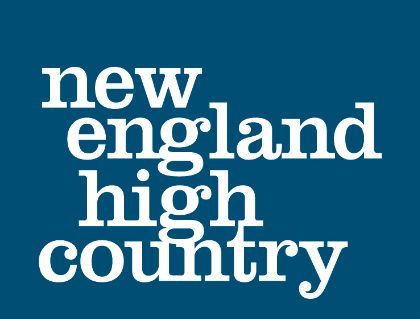Mummel Gulf National Park
Mummel Gulf National Park
Yarrowitch, New South Wales 2354
parks.info@environment.nsw.gov.au
In the 1990s, a group of anti-logging protesters turned their attention to an area near the small town of Walcha. Their vocal efforts led to the creation of Mummel Gulf National Park, protecting an astonishing array of plant and animal species. To visit Mummel Gulf is to visit an important site in the history of NSW national parks: it's because of this place that NSW has many of its north-eastern reserves. Visitors to Mummel Gulf will find ancient old-growth forests clinging to the edge of the Great Escarpment, which drops from 1450m to 470m. Scenic views are punctuated by circling wedge-tailed eagles and fan-tailed cuckoos. Koalas doze in the eucalypts, and swamp wallabies forage in the undergrowth alongside wombats. This park is one for many types of travellers, from daytrippers looking to escape for a secluded barbecue, to campers searching for a place to settle down surrounded by placid nature. There are easy walks with stunning views, and opportunities for more hardy hiking in the backcountry. Whether bicycles, horses or 4WDs are your choice, Mummel Gulf National Park offers such opportunities for all.
Facilities found here
Caravan / Camper Trailer / Campervan Sites / Campsites, Non Smoking,
Accessibility Information
Disabled access available, contact operator for details.,
Acknowledgement of Country
We acknowledge the Traditional Owners of the New England High Country region and recognise their continuing connection to land, water and community. We pay respect to Elders – past, present and emerging – and acknowledge the important role Indigenous Peoples continue to play within the New England High Country community.






